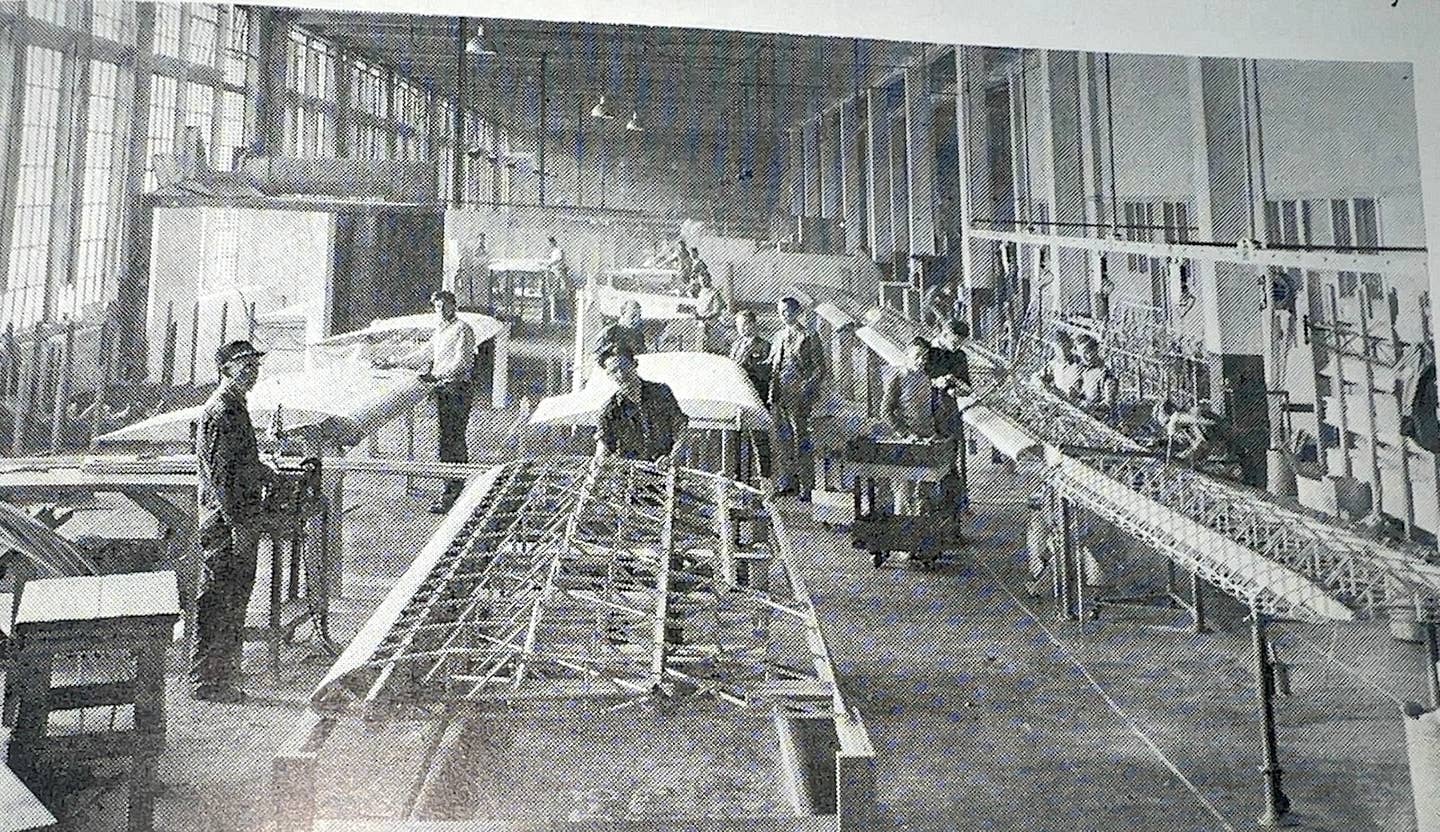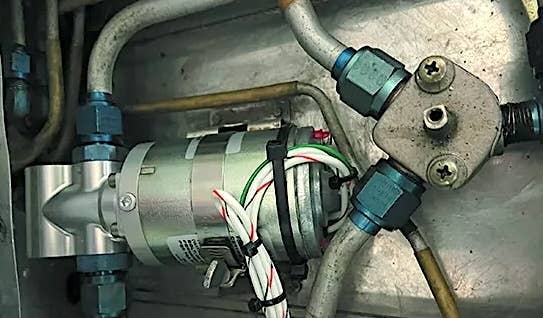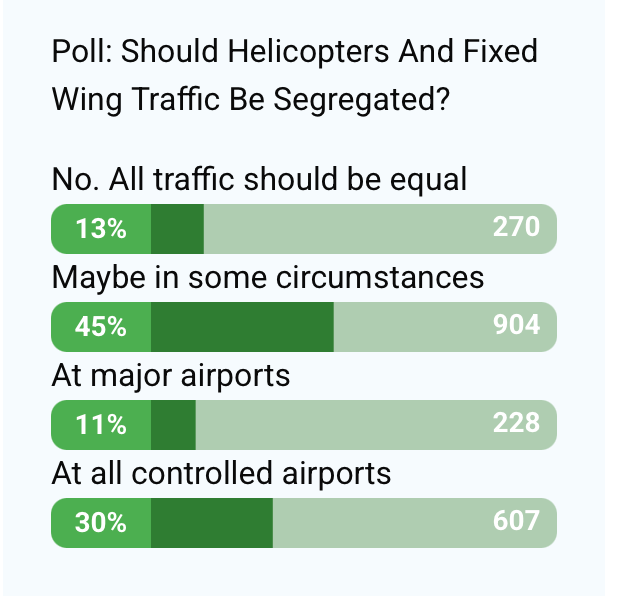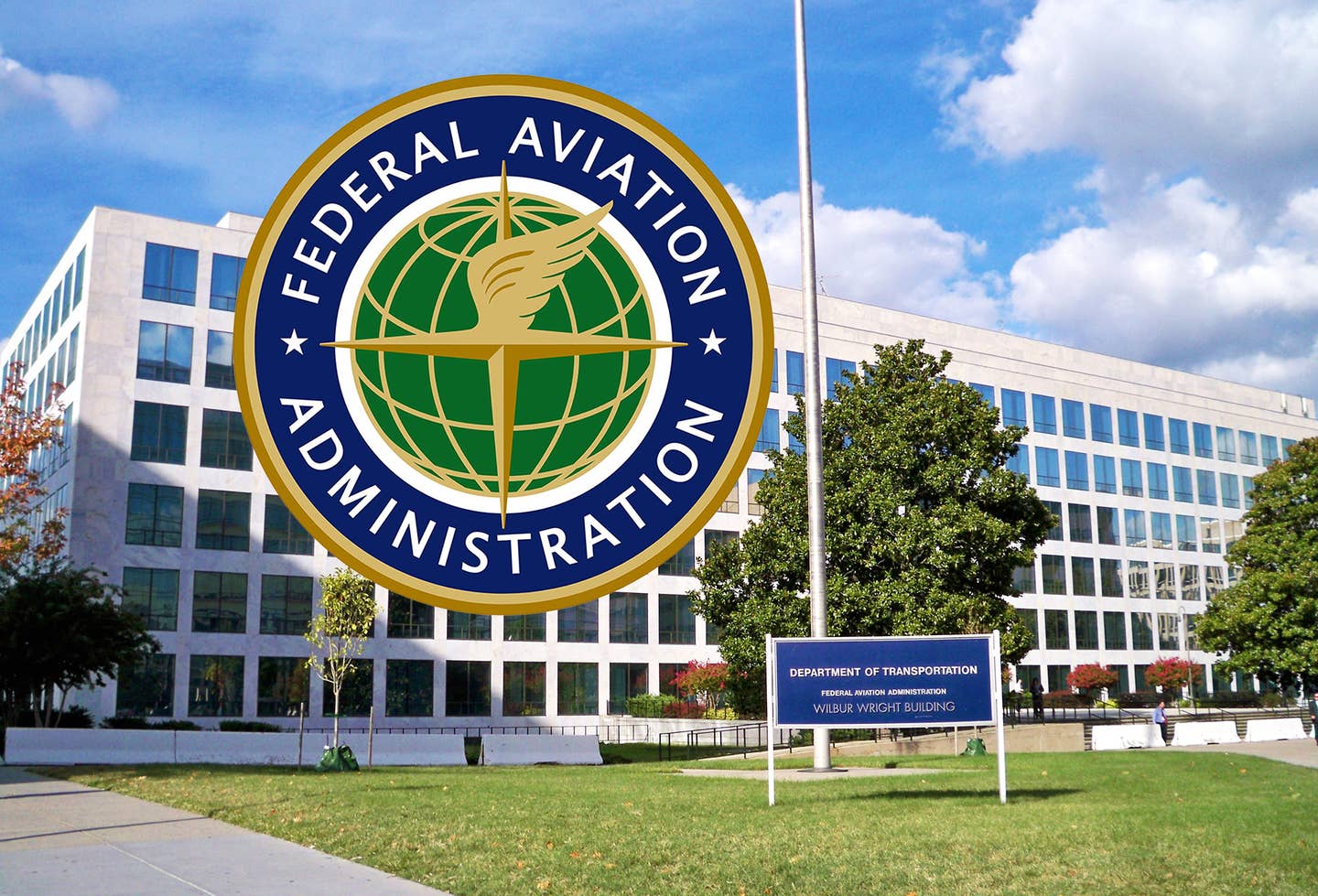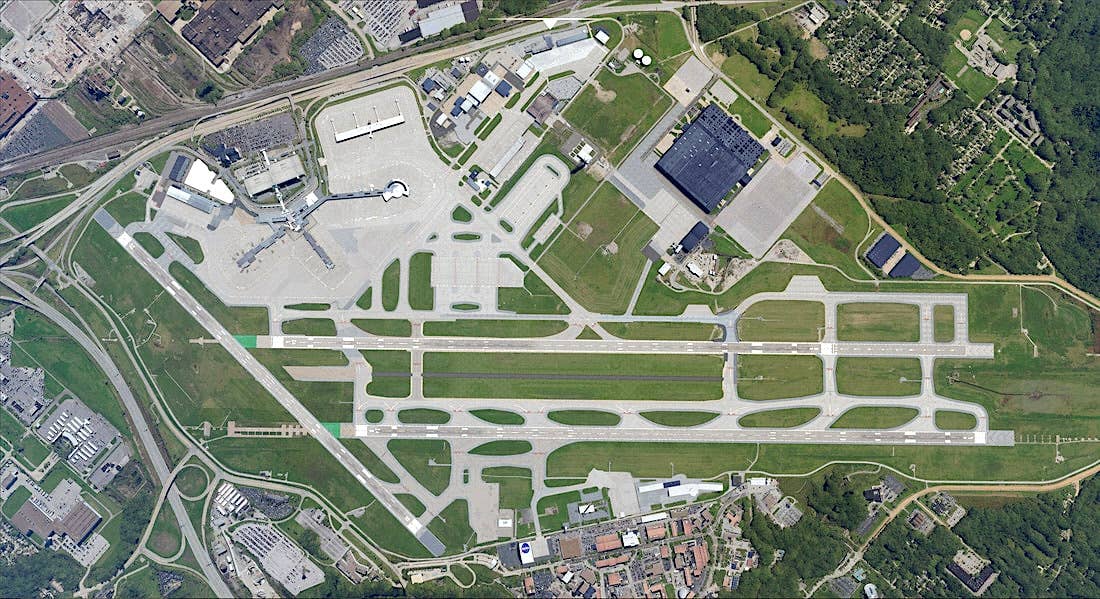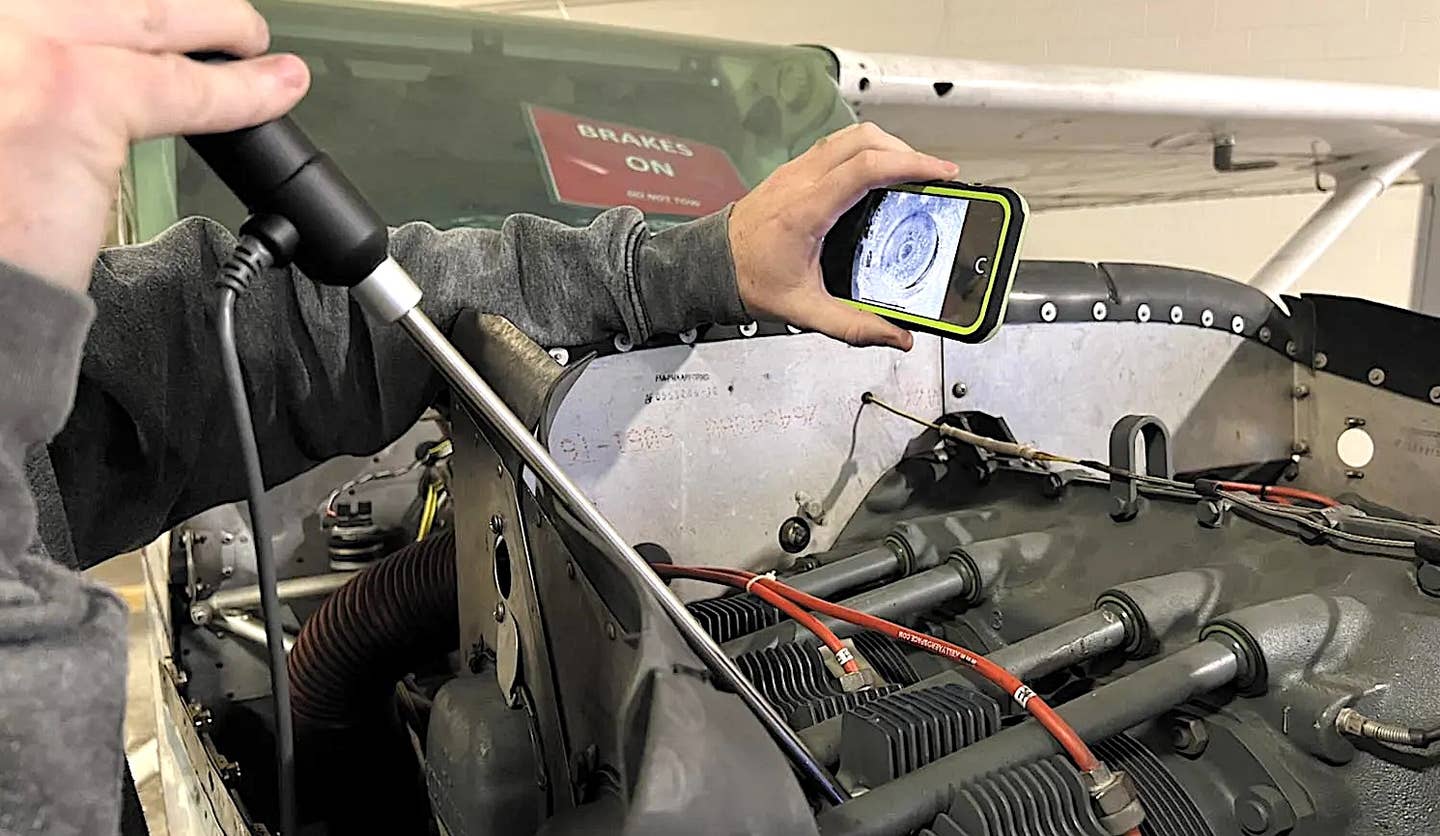The Risks Of Routine
One of the great joys of flying is a routine flight. I’m not referring to a flight that went as expected, which undeniably is the greatest joy, I’m talking about…

One of the great joys of flying is a routine flight. I’m not referring to a flight that went as expected, which undeniably is the greatest joy, I’m talking about flying a routine route. If you hop in your plane on a Saturday afternoon to fly to your favorite $100 hamburger location and get a respite from your weekday worries, or a cargo pilot plying a daily route, you probably know the pleasure I am talking about. Pilots who fly routine flights can feel at one with their aircraft, heightening their sensitivity to any little deviation, like unusual engine noises or subtle performance changes with different loads.
But, like everything else, risk is just around the corner. While you enjoy feeling pleased with yourself because you’re on top of things, you are just a whisker away from complacency. And once you start feeling satisfied, maybe even congratulating yourself on your achievements, it’s too late. That’s when you are most unaware of your own deficiencies and potential dangers.
Novel Circumstances
Based on reading a series of accident reports featuring complacency as a significant causal factor, the problem occurs when pilots are prepared for normal and routine, but something novel is introduced. The pilot either fails to notice, or applies normal and routine procedures when the situation called for something novel. In other words, complacency is manifested as misguided decision-making.
Perhaps the classic example is the unexpected headwind. You put in the amount of fuel needed for regular conditions, but today features a stiff breeze at your cruising altitude, right on the nose, and you come up short. Or maybe you just forget to switch tanks and end up starving the engine of fuel right when you need to go around because a wind gust ruined your approach. If you fail to consider non-routine winds while en route, that’s just poor planning.
Your routine should be: Always do your fuel calculations with real data.
A variation on this theme is the unexpected crosswind or tailwind. It’s your routine to enter the pattern at the airport the same way, but you’re so used to it that you don’t notice the crosswind or tailwind until it is too late, and your landing doesn’t go very well.
Your routine should be: Always check the wind. Even fair-weather flying can bring surprises.
Another variation occurs when you are so comfortable with your routine approach at your home drome or well-known destination airport, you take chances you would be disinclined to take at any other airport. For example, when weather is closing in, you probably shouldn’t shoot an approach to minimums just because you know the approach better and have more regular experience if you’re a bit rusty.
Your routine should be: Divert to or hold for better weather. A thunderstorm over your home field is still a thunderstorm, no matter how familiar you are with what’s under it.
Non-Routine Training
We normally fly normal flight profiles, which sounds redundant, but really isn’t. We don’t normally fly near stall speed or with an engine out, or do emergency gear extensions or land without flaps except when training. (If your training has become routine, you’re doing it wrong.) These are unusual situations, but we know they occur and the best way to prepare for them is to practice them. So we train for these non-routine situations.
That said, there are a lot of accidents resulting from our unprepared encounters with the non-routine. One of these happens during multi-engine training and single-engine operations. Both the instructor and student are so fixated on ensuring the proper procedures are performed that the gear does not get extended. The act of practicing single-engine operations takes you out of your multi-engine routine.
Speaking of gear-up accidents, pilots who are suckered by routine often ignore audible or visible warning annunciators. Many reports about inadvertent gear-up landings include a statement indicating the pilot dismissed or ignored the gear warning horn. Frequently, there was a distraction, like chatty passengers or an instructor who “failed” one of the engines.
Whether you are in the pattern, whether you are on the ILS or somewhere else circling around in a practice area, when you are flying with one engine, it is easy to concentrate on the distraction and forget the mundane things. Both you and the instructor can be so focused on maintaining at or above blue-line airspeed in the pattern that you both forget to lower the landing gear.
Your routine should be: Slow down, and in spite of the novel situation, impose your routine (like a GUMPS check).
Non-Routine Configuration
One of the more common problems known to upset a complacent pilot stuck in his routine occurs when someone else in the loop changes the aircraft configuration. When you fly the same aircraft everyday, you tend to leave it the same way every day. But if another pilot used the plane, the fuel selectors may not be positioned where you expect it. Or the pitot tube covers will be installed when you might not typically use them yourself. You have to assume the last person might be trying to kill you.
There also are lots of reports of aircraft returning from maintenance with pitch or rudder trim in an extreme position, switches in out-of-normal positions—like the fuel selector in the off position—circuit breakers still pulled, or systems that are energized when they shouldn’t be, like when you turn on the master switch.
Your routine should be: Do a thorough preflight, and always check aircraft configurations against the checklist, particularly after maintenance or other flight operations.
Non-Routine ATC
Air traffic controllers are there to assist us and keep us separated from other aircraft, terrain and sometimes weather. Normally, our interactions are routine, and we get the clearances and directions we expect. But then there are times when ATC has information we pilots don’t have or can’t see for ourselves, or they have guidelines we don’t fully understand.
Sometimes a runway or approach is out of service, or there is a TFR, or ground crews, or any number of novel circumstances. When that happens, ATC may not give us what our routine leads us to expect. But if pilots deviate because they expect something else, controllers are caught off-guard, and then both parties have to deal with non-routine confusion.
The NASA Aviation Safety Reporting System (ASRS) database is full of confessions from pilots who flew the clearances they expected to get, instead of the clearances they were actually given. There are a lot of reports of landing on the wrong runway, climbing past assigned altitudes and using the wrong approach or departure procedure. Another classic is pilots who forget they are not in the system when they fly VFR or practice approaches because they routinely fly IFR “in the system.” When they fail to check in with the tower prior to entering Class D airspace, you know their reliance on routine betrayed them.
The best place to catch odd clearances is on the ground during your briefing or your clearance read-back. Sometimes you will get unusual or unexpected clearances in the air. I was once cleared across Salt Lake’s busy Runway 34R at taxiway Quebec when I was actually at taxiway Sierra. I have also been cleared to land on Runway 2 in Idaho Falls when I was on the ILS for Runway 20. The key is to be mentally ready, have a questioning attitude and remember that readbacks are active listening. We use them for a reason.
Your routine should be: Pay attention to ATC and listen as though it is all new.
Failure To Read NOTAMs
Yes, NOTAMs are boring. There, I said it. The descriptions of the myriad obstructions within 10 miles of the airport and the military’s night-vision-goggle operations in the nearby MOA are Tolstoyesque. But—there’s always a but—buried in all the verbosity and minutia are important things like “runway closed for maintenance” or “ILS out of service.”
Even if you fly to the same airports every day, and the weather seems like it is always clear and a million, you don’t want your routine trip to involve arriving in the middle of an air show or runway construction.
Your routine should be: Read the NOTAMs before every flight or get a briefing.
Fighting Complacency
It’s comforting to be in the same plane on the same route with the same frequencies. You know what power setting will nearly always get you to your planned altitude and locations, and you know what combinations of power settings and configurations are needed to achieve specific airspeeds or sink rates. You know when to expect the ATC handoff, and when you call in, you know they expect you and their voice is familiar. And when you land, the fuel used is almost exactly what you expected it to be.
But when pilots get complacent, they start assuming that one routine flight is much like another. The key is to pay attention and remain skeptical that you know it all through preflight, briefings, ATC contact and during the flight itself. If it prevents an incident or accident that could have been avoided, you too can achieve a Zen-like peace and beauty in your routine flying.
NASA’s Aviation Safety Reporting System
NASA’s Aviation Safety Reporting System (ASRS) has always been a valuable resource for those wanting to learn more about how potential system errors and accidents are prevented—or not. Below are summaries of four entries in the ASRS data base from earlier in 2017 including the word “complacent” or “distracted.” All involve Part 91 operations.
Beechcraft Model 200 Super King Air
At approximately 600 feet agl, shortly after takeoff, the cabin became very loud with the sound of air. I looked back in the cabin and the passengers were pointing towards the door. We made left traffic, ran the before landing checklist and landed. I was the person who closed the main cabin door after boarding. The door closed faster than I had anticipated and strongly slammed shut, which took me by surprise. Normally, the door handle must be partially turned to fully retract the latches. I mentally registered the door as latched and went to the cockpit without subsequently moving the door handle to the closed position.
Piper PA-28R Arrow
During a flight review with an instructor aboard, ATC turned us loose at midfield and pattern altitude above our chosen practice airport. I flew a close-in for what was a very narrow runway in my experience. On final, I became fixated on maintaining the center line alignment and approach speed to be able to do a short-field touch-and-go. I then very nicely landed dead center of the runway just at the touchdown point with my gear up. Distractions included the flight instructor and the narrow runway.
Piper J3 Cub
While en route, the engine began to run rough. I applied carburetor heat and did a magneto check. The engine continued to run rough with a loss of power, so I turned toward a nearby airport and made a straight-in approach. Once over the threshold, I pulled the power back to idle and the engine quit just as the wheels touched down. Upon inspection, the carburetor was wet. Upon reflection, I should have applied carburetor heat at the first sign of engine roughness. I was complacent with regard to the possibility of carburetor icing.
Cessna Model 425 Conquest I
I was preflighting the aircraft in a heavy rain storm. My passengers loaded their baggage in the nose luggage compartment and closed the door. I told them I would confirm the door was closed. I normally walk around the entire aircraft prior to taxi and verify that the baggage doors are closed and locked. In this case, because of the weather, I got out of my normal sequence and did not check the doors. Upon rotation, the left nose baggage door popped open and I saw a small suitcase fly out of the aircraft. I got out of my routine because of the confusion of loading the airplane in a rain storm.
Combating Complacency
A lot of what we might call abnormal events never make the NTSB accident reports. I’d guess the typical event that can be traced directly to complacency is not reportable. In fact, it’s not hyperbole to say most pilots get complacent about some operational detail on every flight. The trick is making sure the really important items—like fuel, or the landing gear—are not on that list.
It’s easy to become complacent, whether you’re a brand-new private pilot or have a gazillion hours in jets. The trick is knowing when you’ve gotten out of sequence on your tasks, and then backing up however many steps it takes to get back to where you lost track. One of the keys can be a written checklist, with your thumb on the last item cleared.
Run The Full Preflight Checklist
Are you absolutely, positively 100-percent certain the airplane is configured as you want it for preflight and engine start? Especially in a shared airplane environment, but any time you get into one without at least verifying things like the gear handle and locking the baggage-compartment door. Don’t forget the cabin door, either.
Your Passengers Will Distract You
No matter how well-behaved they are or how many ratings they have, your passengers will distract you at some point. Hopefully, it’s not when you’re breaking out after an ILS to the only open runway around, but you never know. It bears repeating: Don’t forget the cabin door.
Got Gas?
One of the more stupid things pilots do is run out of fuel. And although misfueling is much rarer than it has been, it’s still up to the pilot to verify there’s enough of the right kind aboard the aircraft to complete the flight. It doesn’t get much simpler than that. Oh, and the cabin door. —J.B.
This article originally appeared in the December 2017 issue of Aviation Safety magazine.
For more great content like this, subscribe to Aviation Safety!

